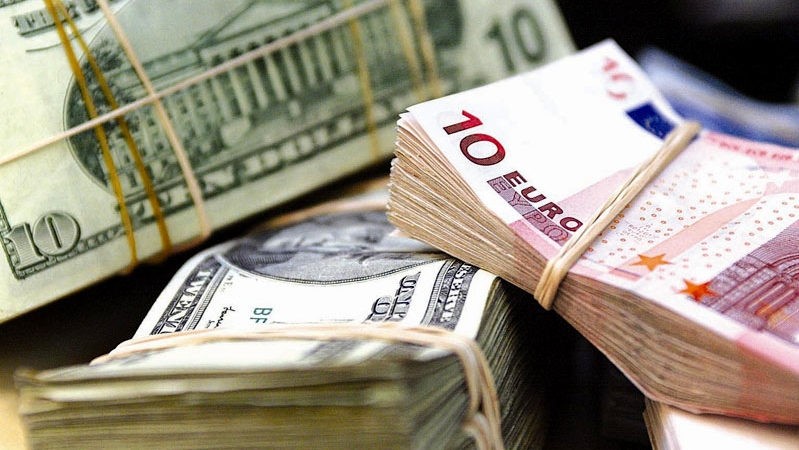Official statistics show that the amount of remittance Vietnam received rose from US$9 billion in 2011 to US$10 billion and US$11 billion in 2012 and 2013 respectively.
Experts at the World Bank say that Vietnam continues to be one of the ten largest remittance recipients, expected to receive more than US$12 billion in 2014, up 10% from the previous year. According to a report on remittance in Vietnam during the 1991-2013 period by the Central Institute of Economic Management, remittances to Vietnam posted an average annual growth of 38.6%, totalling US$80.386 billion. The ratio of remittances to gross domestic product is quite high, at approximately 8%.
The increase in remittances in recent years was mainly driven by a stable macroeconomic policy and a more favourable ordinance on remittances. The State Bank of Vietnam and commercial banks have also introduced many measures to encourage and facilitate those who want to send money to Vietnam. Banks’ flexible remittance services make overseas Vietnamese have more confidence in sending funds home. In addition, a good labour export policy has helped increased the number of Vietnamese workers working abroad. Vietnam’s macrostability helps the country attract an increasingly high amount of remittances, which in turn make a positive impact on the macroeconomy.
Remittance is an importance source of foreign currency of banks, helping ease demand, especially during the final months of the year. Remittances also help redress the balance of trade as Vietnam is still posting a trade deficit. Moreover, remittance is a booster to the sluggish property market, according to some economists. Analysis by the Ho Chi Minh City branch of the State Bank of Vietnam shows that remittance is mainly poured into the manufacturing and property sectors. In its latest report, the National Financial Supervisory Committee also agrees that Vietnam’s property market is witnessing early signs of improvement thanks partly to the inflow of remittances.
Vietnam is currently among the largest recipients of remittance, but sustaining its growth requires the domestic economy, and policies on this financial source to be stable. A stable macroeconomy and inflation will create conditions for the central bank to enhance the value of the Vietnamese dong. In addition to official money transfer channels such as commercial banks, financial organisations and transfer agents, there still exists underground services. Part of remittance sent home via unofficial channels will go to banks but part of it will be sold on the free market, making it more difficult for regulators to control, adversely affecting the push against economic dollarisation.
Therefore, in order to restrict the transfer of remittance through these unofficial channels, banks, agents and companies should enhance the quality of their services while the Government should communicate effectively to remittance senders and recipients so that they fully understand the advantages of official channels.
















